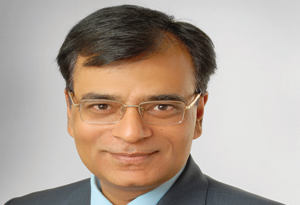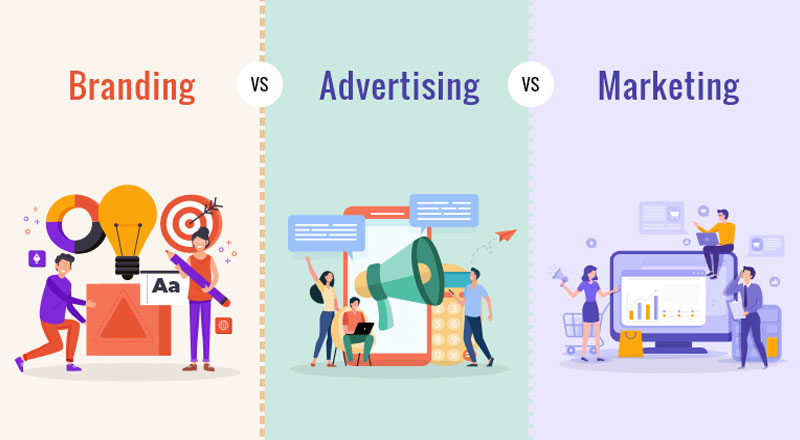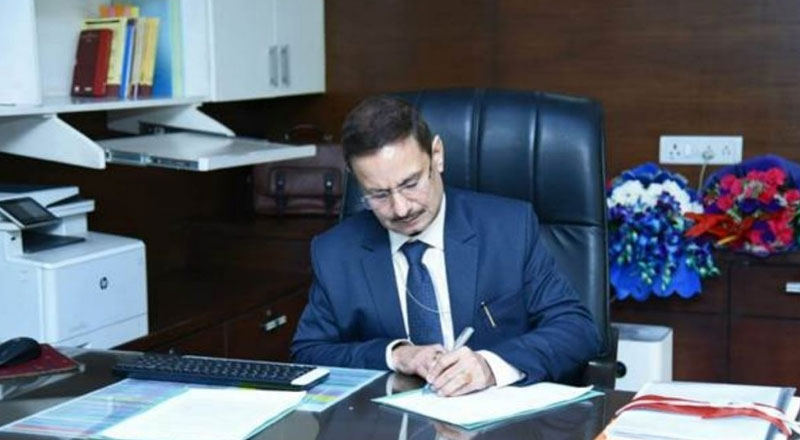Access to safe drinking water remains one of India’s biggest challenges, and is the first priority of public health. According to UNICEF (Hyperlinked for the reference), only a quarter of the total population in India has drinking water on their premises and nearly three-quarters of all diseases in India are water borne, caused by contaminants in the water supply. Globally, nearly a billion people live without access to safe water. Around 2,000 people and 6,000 children die every day from water-related diseases and out of these, children under the age of five are most vulnerable. This issue is magnified due to growing population, rapid urbanisation and the increased competing demand for water from agriculture and industry.
Providing safe drinking water both in urban and rural areas is thus an imperative, but faces a considerable challenge especially as infrastructure needed to deliver drinking water both in urban and rural areas is either non-existent or needs substantial upgrades to meet demand. Treated water is at risk of recontamination due to aging pipelines. Hence, most homes in India, especially urban homes use point-of-use (POU) water purifiers to treat their water. These POU treatment devices range in technology from basic candle filter to sophisticated ultraviolet technology (UV), ultra-filtration (UF), nano filtration (NF), reverse osmosis (RO) and others. However, rural homes still rely on settling of water in the container, cloth filtration, boiling and at times use alum, bleaching powder depending upon availability and knowledge.
Providing that last-mile safe water access in regions that face acute groundwater contamination thus becomes a crucial challenge. It is estimated that approximately 66 million Indians use water sources containing excess fluoride and another 10 million have excess arsenic in their groundwater. This gap is now being filled with off-grid water treatment plants. It is observed that half of these water treatment plants fail within a year of installation. Providing affordable safe drinking water sustainably remains a challenge. However, Safe Water Network India, a non-profit registered Trust, through its innovative intervention – Water ATMs linked to the water purification plant that uses ‘IOT’- Internet of things, is providing reliable safe drinking water through entrepreneurs.
What is a water ATM? A water ATM is an automated water vending machine that dispenses safe drinking water. The machine works like a bank ATM, though it provides water instead of money. These Water ATMs linked to the purification plant use ‘IOT’- Internet of things using cloud technology that gives real time updates on plant performance, indicative water quality and consumer usage. This real time data is processed into intelligent dashboards that have made the safe water delivery sustainable. The plant performance data helps cost and time saving through preventive maintenance and action such that plant down time is reduced to less than 2%. The consumer purchases water through coins and Smart cards ensuring transparency of accounts. Thus operational and financial sustainability is established and communities get reliable and uninterrupted drinking water supply. Another benefit of these Water ATMs is that it helps generate livelihoods as these are owned and operated by women SHG or entrepreneurs. Each Water ATM on an average employs 2-3 people in the village for distribution, consumer marketing, operator, etc. The operator finds it intuitive and easy to manufacture and dispense water.
The consumers say that these Water ATMs are a big boon to them, convenient and easy to use as it dispenses safe water 24/7 round the year. They purchase their daily water on the ‘pay per use’ basis using coins or Smart cards in their glass, bottle or 10 liter, 20 liter containers whenever they want. Thus, the time spent on long queues for water collection is saved benefitting mostly women and the girl child. Another advantage observed in the Water ATM usage is that consumers collect water in their own container thus reducing environmental hazard of plastic packaged drinking water bottles and high expense.
The Water ATMs safe drinking water solution delivered by Safe Water Network India is also helping towards achieving the UN SDG Goal 6 on provisioning safe drinking water; Goal 8 on Decent Work and Economic Growth; and Goal 10 on Reduced Gender Inequalities, while the research has proved that 75% men collect drinking water from the iJal station.
Safe Water Network India is providing water access in rural/peri-urban and urban space to more than 7.25 lakh people through their water purification treatment plants called ‘iJal Stations’ that are linked to Water ATMs.Clearly, a win-win situation for everyone.
Ravindra Sewak
Country Director – Safe Water Network





